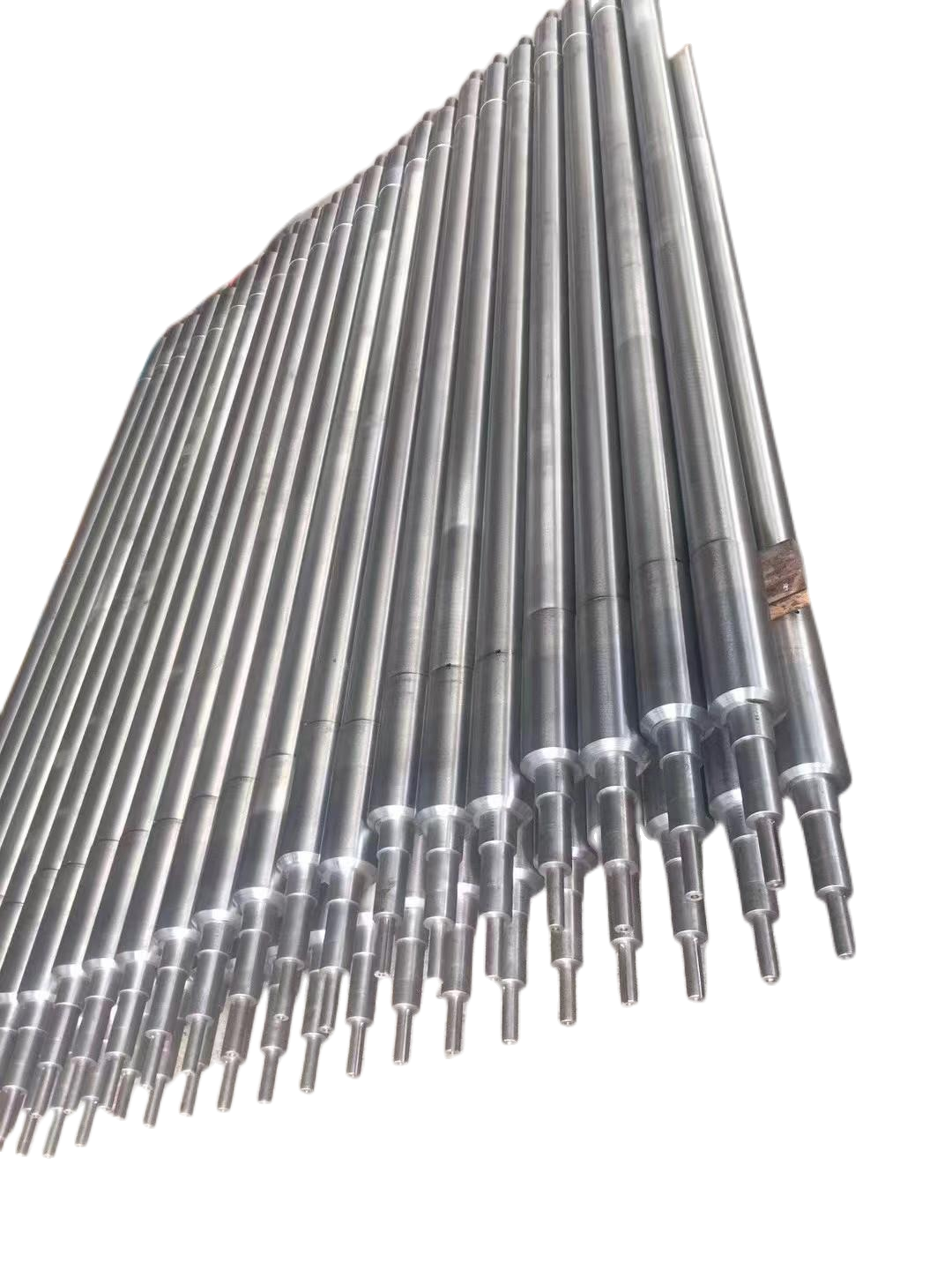خدمات صب الشمع المفقود بدقة
تُمثّل خدمات صب الشمع المفقود بدقة عملية تصنيع متطورة تقدم جودة استثنائية وتفاصيل معقدة في المكونات المعدنية. هذه التقنية القديمة، التي تم تحديثها باستخدام تقنيات حديثة، تبدأ بإنشاء نموذج من الشمع يطابق تمامًا المنتج النهائي المرغوب. تتضمن العملية تغطية نموذج الشمع بمادة سيراميك لتكوين قشرة قوية، والتي يتم تسخينها لإذابة الشمع وتترك فراغًا دقيقًا. يُصب المعدن المنصهر في هذا الفراغ، مما ينتج نسخة دقيقة للنموذج الأصلي. هذه الطريقة تتفوق في إنتاج هندسات معقدة، التجويفات الداخلية والتفاصيل السطحية الدقيقة التي قد تكون صعبة أو مستحيلة تحقيقها باستخدام الطرق التصنيعية التقليدية. تدعم هذه التقنية مجموعة واسعة من المعادن، بما في ذلك الفولاذ المقاوم للصدأ، والألومنيوم، والنحاس، والمعادن النفيسة، مما يجعلها متعددة الاستخدامات في مختلف الصناعات. تشمل التطبيقات مكونات الطيران والفضاء، والأدوات الطبية، والتماثيل الفنية والحلي. تضمن العملية الدقة البعدية بحد أقصى 0.005 بوصة وأسطح نهائية ناعمة تصل إلى 125 RMS، لتلبية المعايير الجودة الصارمة للمستخدمات الحرجة.
